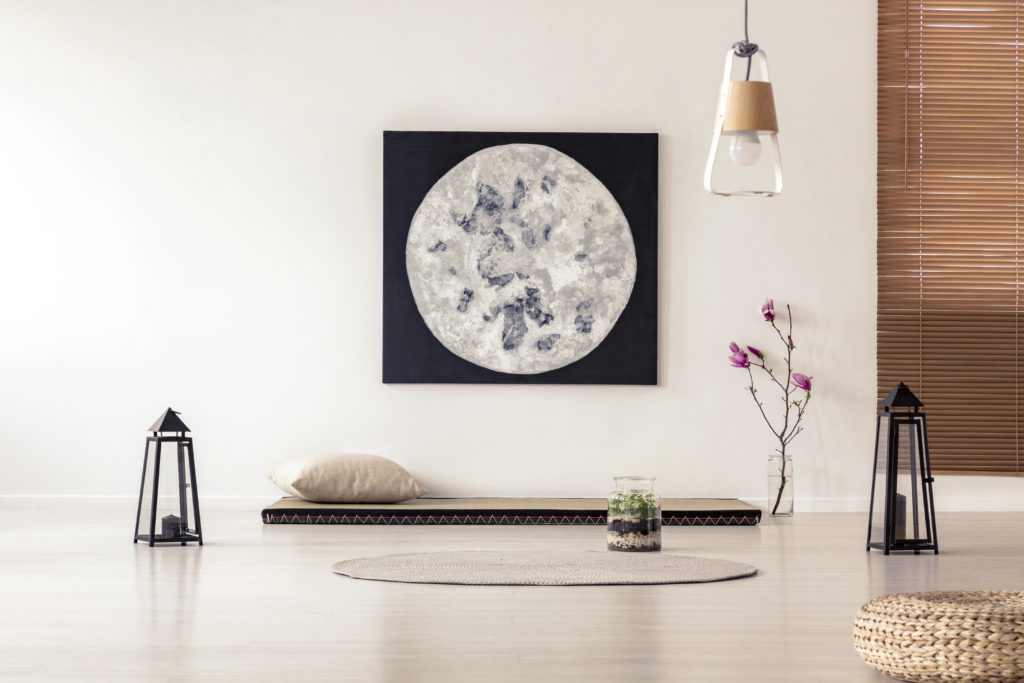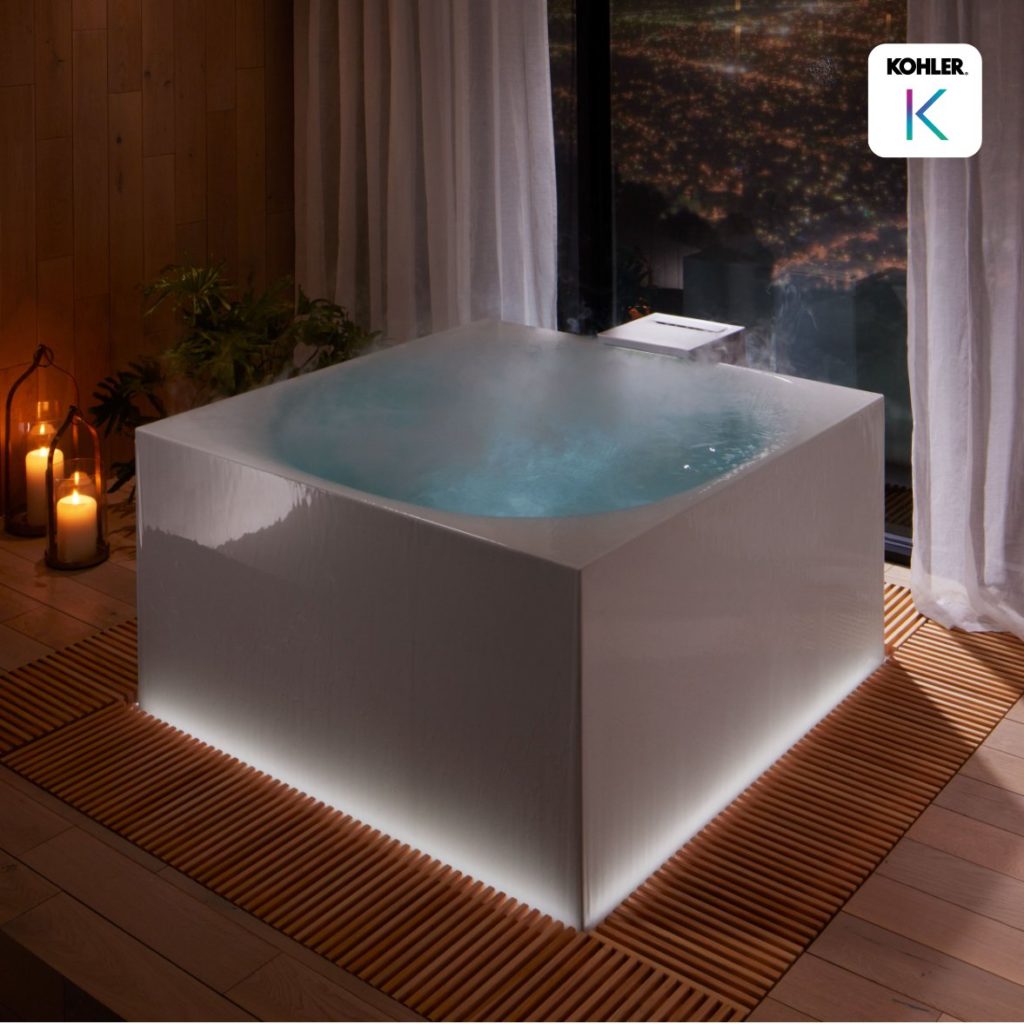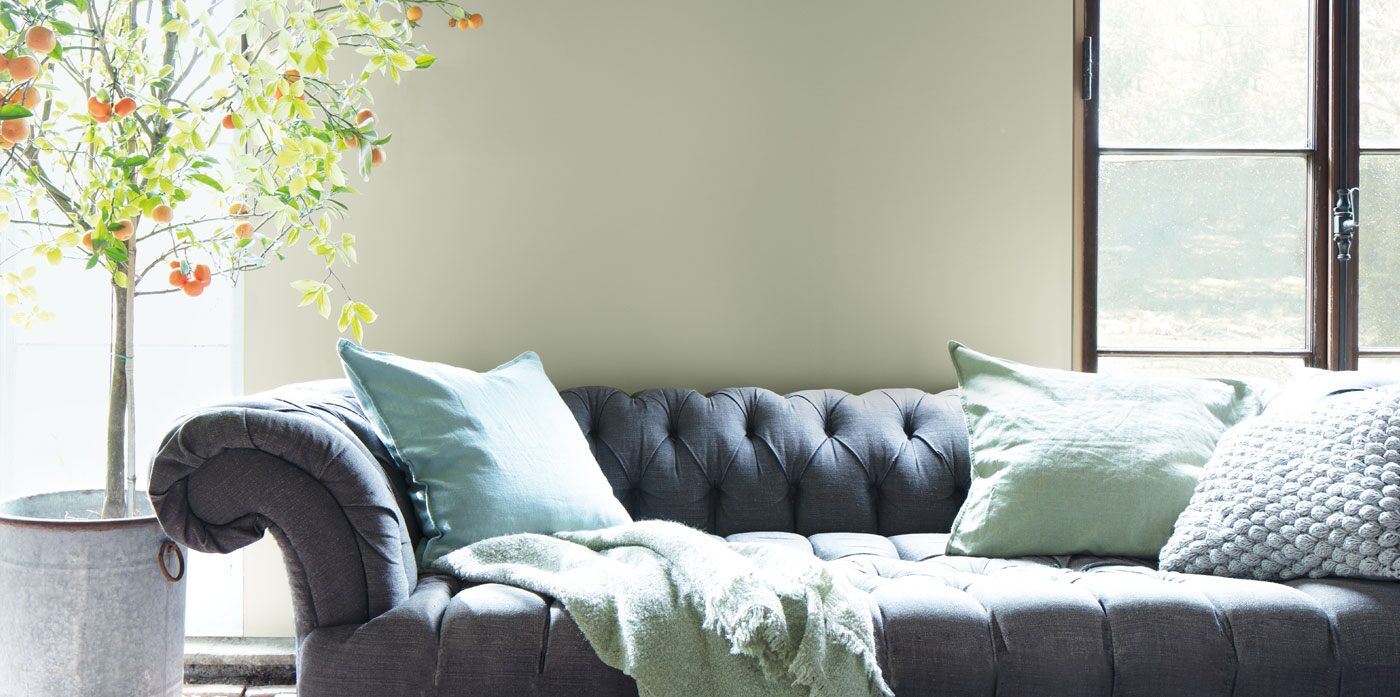It’s amazing how much our lives have changed since the start of the pandemic. It has singlehandedly destroyed every known normal that we have cultivated and refined in this lifetime. Though despite the tragic nature of the virus, there also exists silver linings, as the pandemic immersed us in circumstances that we otherwise might not have experienced. We were forced to find creative ways to occupy our time. Many adopted new hobbies or mastered old ones and families spent more time in the kitchen and cooked meals at home instead of eating out. Still, one of the most transformative things the pandemic forced us to do was to sit with ourselves. This forced many to look inward, searching for meaning and peace in all of the outward chaos. In a desperate need to be ‘OK,’ the pandemic made people care about taking care of themselves. With this new journey for inner peace and wellbeing – and of course mandated quarantines – our homes began to evolve to accommodate our new interests. Design trends began to adapt to more holistic themes and people, now forced to be inside, satisfied their longing of the outdoors by bringing nature indoors. Thus, the surge of the plant takeover began.
Plants have always been around and have had loyal enthusiasts for decades. But since the start of the pandemic, buying plants for indoor spaces has exploded in popularity and is now a booming trend with no end in sight. It’s common now to see trails of heart shaped leaves on long winding vines draping living room windows. Or a curly ponytail palm perched on a bookshelf.
With modern ‘plant parents’ not being able to stop at just one, plants have taken over every room in the house. And while artificial plants require less maintenance and are improving in quality, real plants are living, breathing organisms. So they are literally breathing life into our homes. What’s more is that caring for ‘green babies’ can help manage both stress and anxiety levels, which can’t hurt during a global pandemic, right?

But while many are stocking their shelves, walls, and any horizontal surfaces they can find with greenery, others are moving to more extreme solutions. From planting trees indoors to patio doors that lift, fold, or slide, designers and architects continue inventing ways for these two spaces to exist in tandem. Biophilic design, which conceptually is connecting the built environment with nature, has been around for some time. Over recent years, however, it has been dominating the industry. Execution of biophilic design goes beyond flora and fauna and builders and clients alike are becoming more environmentally conscious. Natural materials, like wood and stone, are still current design solutions to add warmth and promote connections to nature in interior spaces.

Though, there are still some who are looking outside of simply adding these touches of green and nature-inspired materials to create their private sanctuaries. Designers are now challenged to integrate nature into designs in more thoughtful ways. Wellness rooms are becoming a highly demanded and highly curated space within the home. And because everyone’s idea of wellness varies, so do the ingredients needed to create a successful and personalized space. Thus, designers are tasked with capturing their clients’ individual understanding of wellness. According to Pinterest Predicts, there has been a considerable uptick in searches for spaces with music, intentional areas for healing crystals, massage rooms, and even rage rooms. People are also looking to add saunas or spaces dedicated to meditation and healing. No matter how the final package is delivered, the ultimate goal is self-care.

The swift transition into wellness design is in direct response to the downturn of mental health as a result of the pandemic. According to Boston College researchers, reported rates of depression and anxiety rose six times within the first nine months of the pandemic. People suffered greatly with their mental health, which seems reasonable considering the need to endure the growing pains of establishing a new way of life. As a result, it became evermore important to seek outlets and coping mechanisms, including converting spaces within the home into mental escape rooms.
With consumer demand moving rapidly in this direction, it’s not surprising that the wellness theme has made its way to design brands. From products to materials, manufacturers have jumped onboard and are unrolling what they believe will help people fully maximize their ‘me’ time at home. Last year, Kohler introduced a Japanese inspired soaking tub called Stillness™. The company describes the tub as “an immersive journey of the senses” made possible by layering a heavy mist and LED lighting, and imbuing the water with essential oils. At the 2022 Kitchen and Bath Industry Show (KBIS), LG debuted its PuriCare™ AeroTower™, a ten-speed, three-and-a-half-foot high air purifying fan aimed to provide cleaner, healthier air for indoor spaces.


Color trend shifts also lend themselves to more subtle, natural palettes and pairings. Sherwin Williams’ 2022 color of the year, Evergreen Fog, makes the connection between design and nature, signaling a “fresh start” and a “color of new beginnings,” according to the Ohio-based paint company. Likewise, Benjamin Moore, also propelled the green trend with its selection of October Mist, a soft sage. The company views its color as a blank canvas that can be built upon with other hues. All of these descriptors are nods to our hope, and if somewhat idealistic, anticipation for life to be ‘normal’ once again.


It’s almost surreal that we have been living in this seemingly alternate reality for over two years. However, with the burgeoning ode to wellness that has overtaken the industry, perhaps this exploration gives us solace in an otherwise dystopia. All we can do is hope we are rounding the corner to brighter days ahead while discovering more ways to thoughtfully design to our mental, social, and physiological needs. In the meantime, here’s to continued strides toward holistic design and finding ways to take care of ourselves and each other. Stay well.
By Shekesia Joyner
Shekesia Joyner is a 10+ year experienced licensed interior designer and creative director at of Art & Fact Design Studio. She is also an Adjunct Professor of interior design at Montgomery College and freelance writer. sjoyner@ofartandfact.com

